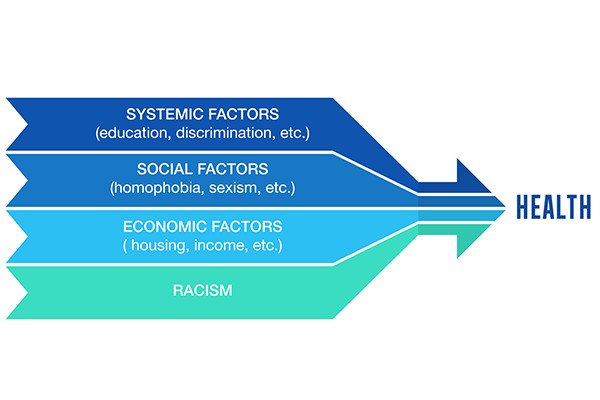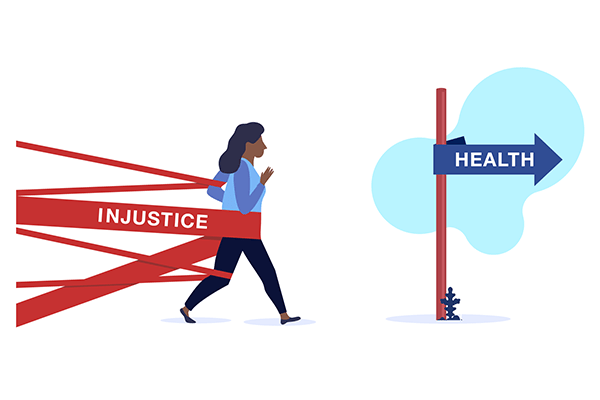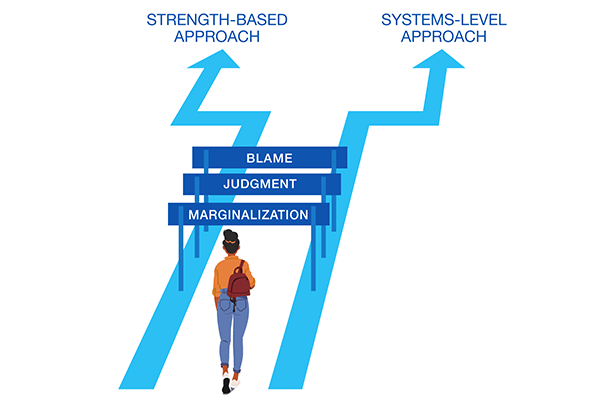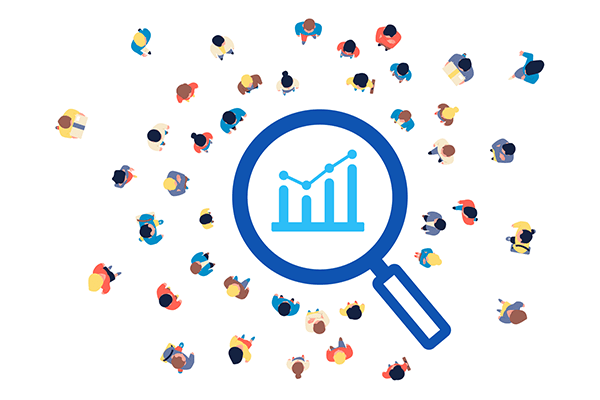Our Commitment to Data Equity
What is our approach to Data Equity? The Public Health Institute at Denver Health aspires to present data humbly, recognizing numbers never tell the whole story. We strive to work with individuals and communities to learn and share their stories to improve collective understanding. Knowing that people across life circumstances have inequitable opportunities to achieve optimal health, we commit to pair numbers and stories to inform policy and systems change to improve health for all.
The Five Principles of Data Equity we adhere to:
- We recognize that systemic, social and economic factors – racism being the largest – impact health outcomes.

- We understand that health inequities are worse for communities that experience injustice.

- When we talk about people, we use a strengths-based approach; when we talk about inequities, we use a systems-level approach. We do this to avoid judgment, blame, or marginalization of individuals or communities.

- We strive to include the lived experience and traditional knowledge of community members into population health analysis because the community health experience is complex.

- We proactively engage communities to identify inequities and disparities, interpret findings, shape our work, and act toward improving health.

Data Equity Principles in Practice:
- Identify ways in which systemic racism affects health outcomes.
- Understand that race is a social construct not an inherent biological determinant of health.
- Learn more about populations and health issues with which we are not currently familiar.
- Recognize and challenge how personal biases affect the analysis and reporting of data through thoughtful discussion with those we work with and self-reflection.
- Share choices we make when collecting and analyzing data. Be transparent about the limitations of our analyses and data sources.
- Encourage our funders to understand and align with our internal efforts around equitable data reporting.
- Disaggregate data by race, ethnicity, gender, nativity, ancestry, income, location, and other factors to the extent possible while cognizant of intersectionality.
- Support the collection and use of new data to fill gaps in knowledge about populations underrepresented by current methods through means that do not introduce bias into the data or alienate individuals.
- Avoid analyses that privilege a population as being “normal” or “desirable” compared to others denying the experience of those in smaller groups.
- Understand how p-values can lead us to call a problem experienced by a large group “real” while we dismiss the very same problem experienced by smaller groups as “chance”. P Values are highly dependent on sample size.
- Use a person’s first language in written descriptions to acknowledge a person’s identity beyond their condition, ability, situation, or experiences.
- Work to tell a story through data so that we, in partnership with the community, can act with the data.
- Recognize that data can have a powerful effect on people and commit to creating the time and space to process and receive feedback anytime data is being presented.
- Pair data visualizations and graphics with a simple written summary to increase the clarity and accessibility of your work to audiences with varying data literacy.
- Collaborate with community members to determine data collection methods, design data collection tools, identify key findings from data collected, determine how data should be presented, and guide decision-making about future data collection efforts.
- Ensure that those we are collecting data from understand how their data will be utilized and own the data that they are providing.
- Obtain permission for any additional use of the data outside of the original intent.
For in-depth examples and practical insights, download our Data Equity Principles Guide.

